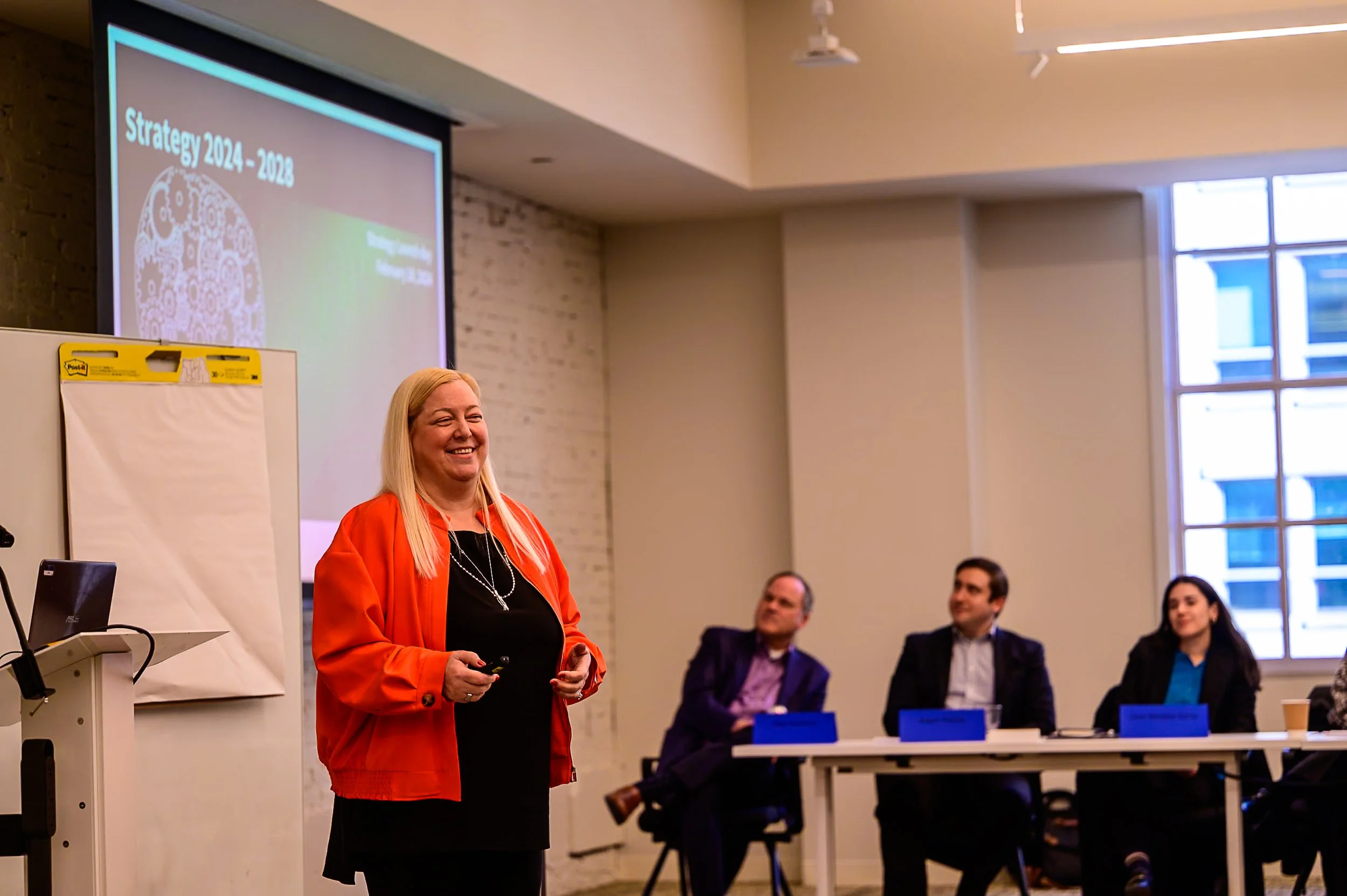
GovCon Awards Announce Arc Aspicio as a 2016 Finalist
GovCon Awards Announce Arc Aspicio as a 2016 Finalist
Washington, DC, September 26, 2016 — The Greater Washington Government Contractor (GovCon) Awards have recognized Arc Aspicio by naming the consulting firm as a finalist in the category Contractor of the Year. These distinguished awards honor the best organizations in the government contracting community for 2016.
A prestigious panel of industry and government professionals analyze a company’s leadership, innovation, and commitment to excellence in the region’s government contracting sector in order to determine the finalists and the ultimate winners of the award categories.
The Northern Virginia Chamber of Commerce awards the Contractor of the Year Award, which includes four categories based on revenue size, to organizations with distinguished financial achievements, operational accomplishments, and outstanding contributions during the year of 2016 to employees, the government contracting industry, and the U. S. Government. The GovCon Awards named Arc Aspicio as a finalist in the Contractor of the Year up to $25 million category.
“It is a privilege to be named as a GovCon finalist in such a fiercely competitive market,” said Lynn Ann Casey, Chief Executive Officer. “This recognition acknowledges not only our accomplishments, but also the impact that our talented and hardworking employees have had on the Federal consulting industry.”
This announcement acknowledges the company’s strength and growth in Arc Aspicio’s primary focus areas, mission-critical consulting and strategic planning, and helps the company grow closer to its goal of becoming the most trusted homeland security consulting company in the nation.
Arc Aspicio is a previous winner of the GovCon Awards for Program of the Year, and a previous finalist for Contractor of the Year in the same category.
The judging panel will announce the winners of the 2016 GovCon Awards at the 14th Annual Awards Gala on November 1, 2016. For more information about the GovCon Awards, visit their page on the Northern Virginia Chamber of Commerce website http://www.novachamber.org/govcon-awards.html.





















